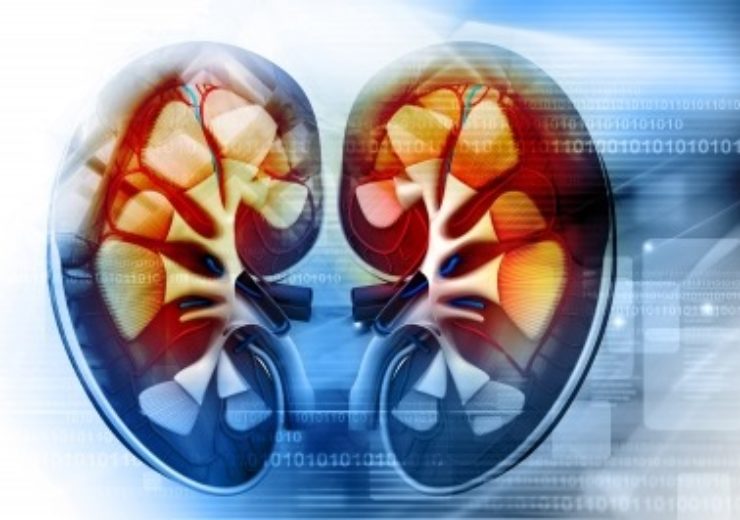The AquaBplus and AquaC UNO H use reverse osmosis to remove organic and inorganic substances and microbial contaminants from the water required for hemodialysis and other therapies

Image: Fresenius Medical Care North America new water purification systems for hemodialysis. Photo: Courtesy of hywards/FreeDigitalPhotos.net
Fresenius Medical Care North America’s Renal Therapies Group, the leading provider of kidney care products, today announced the launch of AquaBplus and AquaC UNO H water purification systems that will be available to all dialysis centers and hospitals in North America in the first quarter of 2020. The new systems are especially designed to reduce water and power usage, providing the most efficient and cost-effective products in their class.
The AquaBplus and AquaC UNO H use reverse osmosis to remove organic and inorganic substances and microbial contaminants from the water required for hemodialysis and other therapies. Both feature-rich systems include remote monitoring capabilities and system safety self-test routines at every power-up to ensure that they promote hygienic conditions in the entire fluid path up to the dialysis machine input.
“These new water treatment systems demonstrate our commitment to delivering the latest innovations for renal care providers,” said Mark Costanzo, president of Fresenius Medical Care North America’s Renal Therapies Group. “This technology helps ensure patients undergoing hemodialysis receive safe, clean water while reducing energy use and operational costs.”
The AquaBplus is a modular platform allowing components to be combined in multiple configuration, including single or double stage, while also offering the option for automated heat disinfection. This flexibility helps meet a wide range of local regulatory and water safety requirements. A demand-controlled water-saving circuit minimizes the machine’s water intake and reduces operating costs thanks to intelligent parameter controls.
The AquaC UNO H is a portable water treatment system featuring a compact footprint, making it an excellent choice when space is limited, such as in an acute hospital setting or home environment. This system also features improved efficiency and capabilities.
“Providing clean, purified water is an essential part of delivering high quality dialysis therapy,” said Dr. Rob Kossmann, Chief Medical Officer for Fresenius Medical Care North America (FMCNA). “We are proud of our effort to improve the tools that drive quality care and advance our commitment to all patients living with kidney failure.”
FMCNA invites care providers to learn more about some of the technical offerings of the AquaBplus and AquaC UNO H Systems at the American Society of Nephrology Annual Meeting in Washington, D.C.
The AquaBplus and AquaC UNO H Purification systems are expected to be available for delivery in North America during the first quarter of 2020.
INDICATIONS FOR USE
The AquaBplus Water Purification Systems are reverse osmosis units intended for use with hemodialysis systems to remove organic and inorganic substances and microbial contaminants from the water used for treating hemodialysis patients or other related therapies. These devices are intended to be a component in a complete water purification system and are not complete water treatment systems. Each reverse osmosis unit must be preceded by pre-treatment devices and may need to be followed by post-treatment devices as well, to meet current AAMI/ANSI/ISO and Federal (US) standards.
The AquaC UNO H Portable Water Purification System is a reverse osmosis unit intended for use with hemodialysis systems to remove organic and inorganic substances and microbial contaminants from the water used for treating hemodialysis patients or related therapies. The AquaC UNO H can be connected to hemodialysis equipment used in hospitals, clinics, and home environments. This device is intended to be a component in a complete water purification system and is not a complete water treatment system. The reverse osmosis unit must be preceded by pre-treatment devices and may need to be followed by post-treatment devices as well to meet current AAMI/ANSI and FDA-recognized US standards.
Source: Company Press Release
